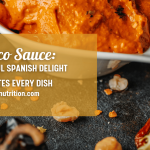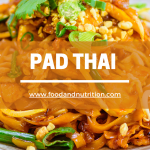Pad Thai: Unlock the Secrets of Thailand’s Most Beloved Dish
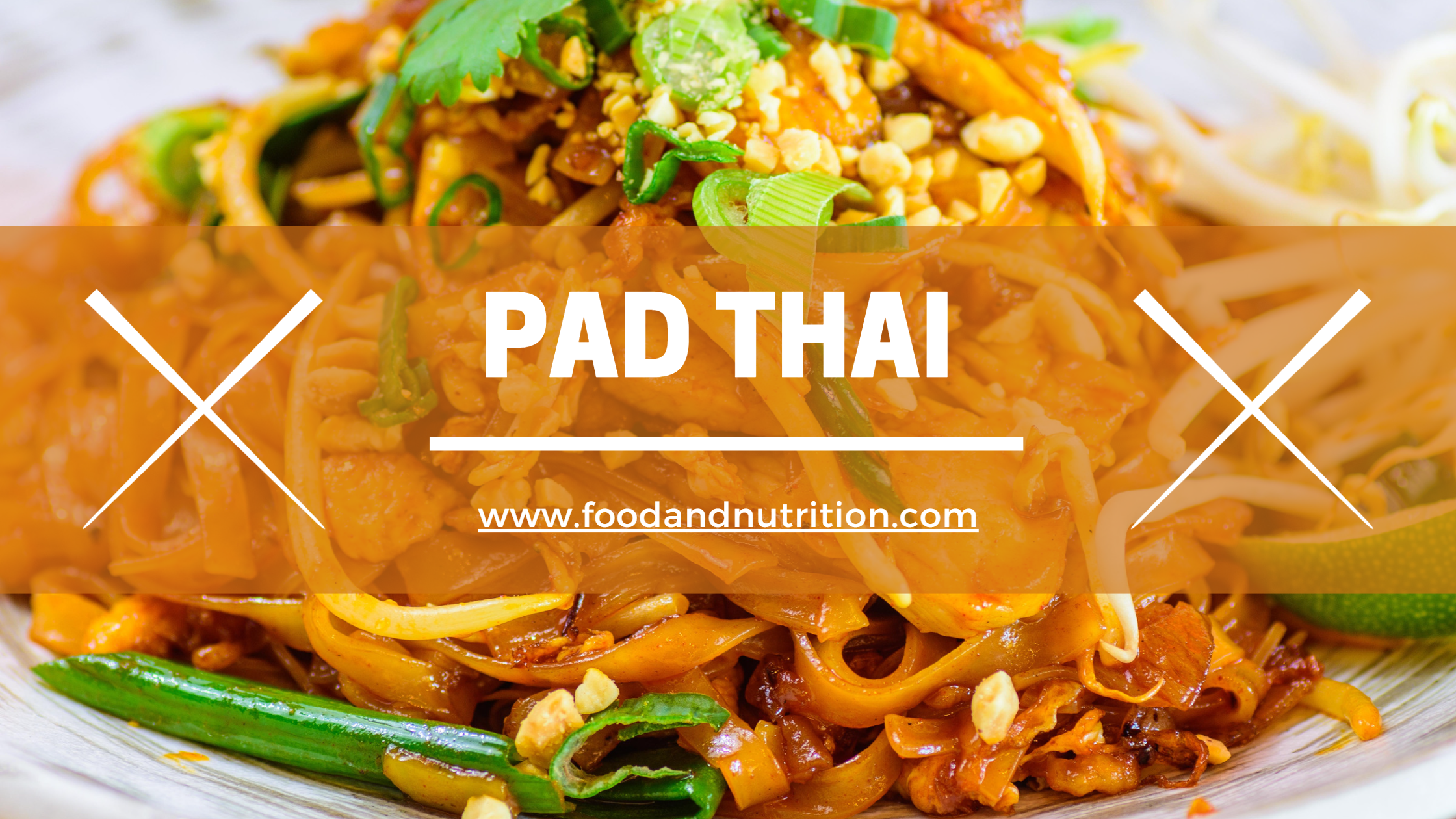
In the realm of global cuisines, few dishes have achieved the widespread adoration and enduring popularity of Pad Thai. This iconic Thai delicacy, with its harmonious blend of flavors, tantalizing textures, and vibrant colors, has captivated the hearts and taste buds of food enthusiasts around the world. In this article, we embark on a culinary journey to explore the history, popularity, key ingredients, nutritional benefits, and serving ideas of Pad Thai, showcasing why this dish remains an absolute favorite among food lovers everywhere.
A Brief History of Pad Thai
Pad Thai, also known as Phad Thai, traces its roots back to the streets of Thailand. This savory stir-fried noodle dish emerged during the 1930s as part of a nationwide campaign to promote a national Thai identity and unity. Inspired by the desire to create a dish that truly reflected Thai culture, Pad Thai was born. Its creator, Plaek Phibunsongkhram, Thailand’s prime minister at the time, sought to introduce a unifying dish using rice noodles, an ingredient abundant in the country, combined with other local ingredients.
The Popularity of Pad Thai
What sets Pad Thai apart and contributes to its ever-growing popularity? The answer lies in its irresistible combination of flavors and textures. With each bite, you experience a symphony of sweet, sour, and savory notes that dance on your palate. The marriage of tender chicken or succulent shrimp with chewy rice noodles, crisp bean sprouts, and the satisfying crunch of chopped peanuts creates a delightful culinary experience. The tangy and slightly sweet sauce, with hints of lime and fish sauce, ties all the elements together, elevating Pad Thai to a taste sensation that transcends borders.
Key Ingredients
Pad Thai’s ingredient list boasts a harmonious blend of flavors, reflecting the vibrant Thai culinary heritage. The essential components include:
- Rice Noodles: These flat, wide rice noodles serve as the foundation of Pad Thai, offering a delightful chewy texture that absorbs the flavors of the dish.
- Protein: Chicken or shrimp are commonly used in traditional Pad Thai recipes, lending a tender and succulent element to the dish. For vegetarians, tofu or a medley of vegetables can be substituted, providing a delectable plant-based alternative.
- Aromatics: Garlic, green onions, and red pepper add layers of fragrance and depth to the dish, creating a captivating aroma.
- Bean Sprouts: These crunchy sprouts contribute freshness and a delightful texture to Pad Thai, enhancing the overall dining experience.
- Peanuts: Chopped peanuts provide a delightful crunch and nutty flavor, perfectly complementing the other ingredients.
- Sauce: The sauce is the soul of Pad Thai, combining the unique flavors of soy sauce, rice vinegar, lime juice, and fish sauce. This harmonious blend delivers the distinctive tangy, sweet, and savory taste that makes Pad Thai so irresistible.
Pad Thai
Ingredients
- 1 lb chicken cut into strips or shrimp, peeled and deveined
- 10 oz Thai rice noodles
- 1/4 cup brown sugar
- 2 tablespoons oil
- 1/4 cup soy sauce
- 2 tablespoons rice vinegar
- 1 tablespoon lime juice
- 1 tablespoon fish sauce
- 1 red pepper sliced
- 1 cup sliced carrot
- 2 cloves garlic minced
- 5 green onions sliced
- 2 cups bean sprouts
- 3 eggs beaten
- 1/2 cup chopped peanuts
- 1/3 cup cilantro chopped
- Red pepper flakes to taste
Instructions
- Cook the rice noodles according to the package instructions. Drain and set aside.
- In a small bowl, whisk together the brown sugar, soy sauce, rice vinegar, lime juice, and fish sauce. Set aside.
- Heat the oil in a large skillet over medium-high heat. Add the chicken or shrimp and cook until browned and cooked through, about 5 minutes. Remove from the skillet and set aside.
- Add the red pepper, carrots, garlic, peas and green onions to the skillet. Cook until tender, about 3 minutes.
- Add the bean sprouts to the skillet and cook for 1-2 minutes until they start to wilt.
- Push the vegetables to one side of the skillet and add the beaten eggs to the other side. Scramble the eggs until cooked through, then mix them in with the vegetables.
- Add the cooked rice noodles and the sauce to the skillet. Toss everything together until the noodles are coated in the sauce.
- Add the cooked chicken or shrimp back to the skillet and toss to combine.
- Sprinkle with chopped peanuts, cilantro, and red pepper flakes to taste.
- Serve hot and enjoy your delicious Pad Thai!
Notes
Nutritional Benefits
Pad Thai not only delights the palate but also offers several nutritional benefits. Chicken and shrimp are excellent sources of lean protein, while the rice noodles provide complex carbohydrates for sustained energy. The medley of vegetables, such as carrots, red pepper, and bean sprouts, contribute essential vitamins, minerals, and dietary fiber. Additionally, the sauce, made from ingredients like soy sauce, rice vinegar, and lime juice, offers health-promoting properties.
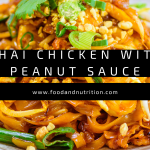
Serving Ideas
Pad Thai can be enjoyed as a standalone meal or combined with complementary sides to create a more substantial feast. Here are some serving ideas to enhance your Pad Thai experience:
- Garnishes: Sprinkle your Pad Thai with fresh cilantro, chopped peanuts, and a squeeze of lime to enhance the flavors and add a burst of freshness.
- Sides: Serve Pad Thai with a side of steamed vegetables or a crisp cucumber salad to balance the richness of the dish. Stir-fried green beans or a light salad can also provide a refreshing accompaniment.
- Customizations: Adjust the spice level according to your preference by adding red pepper flakes or Thai chili sauce. For a vegetarian twist, substitute chicken or shrimp with tofu or an assortment of grilled vegetables.
- Pairings: Complement your Pad Thai with a refreshing Thai iced tea or a cool coconut water to cleanse the palate and enhance the overall dining experience.
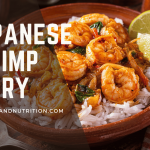
Conclusion
Pad Thai’s enduring popularity is a testament to its captivating flavors, delightful textures, and the artful harmony of ingredients. As you savor each bite of this Thai masterpiece, you embark on a culinary adventure that encapsulates the spirit of Thai cuisine. Whether you’re a seasoned Pad Thai enthusiast or have yet to indulge in its wonders, this iconic dish invites you to explore the rich tapestry of Thai flavors and embark on a gastronomic journey that transcends borders. Unleash your inner chef and delight in the timeless allure of Pad Thai today!
- Unlock Classic Marinara Sauce: A Flavorful & Nutritious Guide
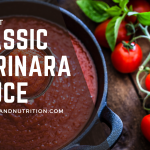
- Embracing Summer: The Ultimate Watermelon Feta Salad with Tomatoes & Olives

- Rediscovering Lebanese Salad: A Refreshing Delight with a Rich Heritage

- Eating Your Way to Healthy Blood Pressure: A Guide to Lowering Hypertension
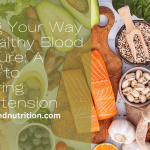
- Perfect Roasted Leg of Lamb: A Timeless Delight for Your Table

- Romesco Sauce: A Flavorful Spanish Delight That Elevates Every Dish
